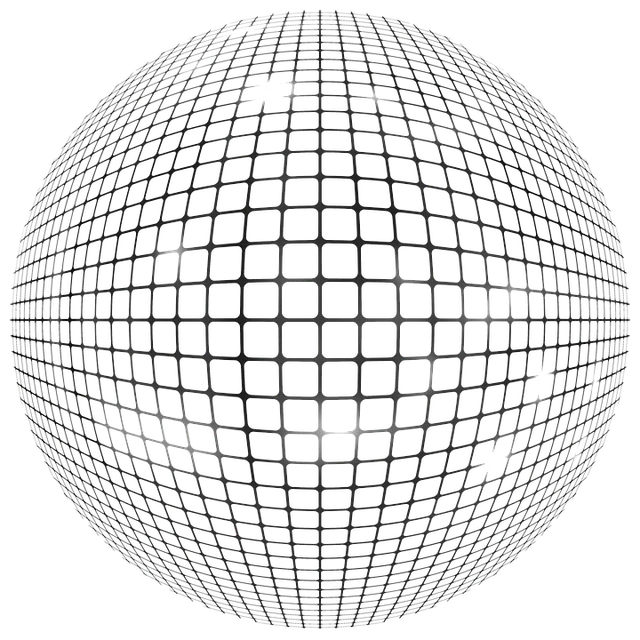Kratom, derived from Southeast Asian Mitragyna speciosa and Mitragyna hypopyllum plants, has been investigated for its potential to treat skin hyperpigmentation. The alkaloids mitraphylline and 7-hydroxymitragynine present in Bali Kratom capsules are being studied for their ability to modulate melanin production and may inhibit tyrosinase, an enzyme involved in pigment formation. Early reports suggest these compounds can improve skin tone and reduce dark spots associated with hyperpigmentation. However, it's crucial for individuals to consult healthcare professionals before using kratom due to the need for more research on its efficacy and safety, as well as potential drug interactions and individual skin reactions. The initial findings are promising, highlighting kratom's anti-inflammatory, antioxidant properties that could protect against skin damage and aid in managing hyperpigmentation, but further clinical trials are necessary to validate these effects and establish safe dosing for skincare purposes.
Discover the transformative potential of Bali Kratom Capsules in combating skin hyperpigmentation. This article delves into the promising applications of Mitragyna Hypopyllum, more commonly known as kratom, for individuals seeking to address uneven skin pigmentation. We explore the scientific underpinnings and alkaloid composition unique to Bali Kratom that may contribute to its efficacy in skin hyperpigmentation treatment. Join us as we unravel the intricacies behind this natural approach to achieving a more even skin tone.
- Unveiling the Potential of Bali Kratom Capsules for Skin Hyperpigmentation: An Overview
- Exploring the Efficacy of Mitragyna Hypopyllum in Addressing Hyperpigmentation Concerns
- A Closer Look at the Role of Bali Kratom Alkaloids in Skin Health and Hyperpigmentation Treatment
Unveiling the Potential of Bali Kratom Capsules for Skin Hyperpigmentation: An Overview

Kratom, a plant native to Southeast Asia, has garnered attention for its diverse pharmacological properties. Among the myriad benefits attributed to kratom, its potential role in addressing skin hyperpigmentation has emerged as a notable area of interest. Bali Kratom capsules, specifically, have been scrutinized for their impact on pigmentation disorders due to their rich alkaloid profile, primarily mitragynine and 7-hydroxymitragynine, which are believed to influence skin health through complex biological mechanisms.
Research indicates that these alkaloids may regulate the production of melanin, the pigment responsible for skin color, thereby offering a natural approach to combating hyperpigmentation. Users have reported a reduction in dark spots and an overall evening of skin tone after incorporating Bali Kratom capsules into their regimen. However, it is crucial for individuals considering this approach to consult with healthcare professionals due to the potential for interactions with other medications and the variability in individual responses to kratom compounds. The potential of Bali Kratom capsules for addressing skin hyperpigmentation is an exciting frontier, promising a natural alternative for those seeking effective, non-pharmaceutical solutions. However, more research is necessary to elucidate the mechanisms by which kratom alkaloids exert their effects and to establish optimal dosing and safety profiles for this application.
Exploring the Efficacy of Mitragyna Hypopyllum in Addressing Hyperpigmentation Concerns

Kratom, derived from the Mitragyna hypopyllum plant, has traditionally been used in areas such as Southeast Asia for its stimulant and analgesic properties. More recently, scientific interest has turned towards its potential effects on skin conditions like hyperpigmentation. Hyperpigmentation, characterized by patches of darkened skin, can be caused by various factors including sun exposure, acne, aging, and hormonal changes. The active alkaloids present in kratom leaves, particularly mitraphylline and 7-hydroxymitragynine, are being studied for their role in modulating pigmentation. Preliminary studies suggest that these compounds may inhibit tyrosinase activity, an enzyme critical to the production of melanin—the pigment responsible for skin coloration. This potential anti-tyrosinase effect could theoretically aid in the reduction of pigmentation over time. Users interested in exploring kratom as a natural remedy for hyperpigmentation should approach its use with caution, as research is still evolving and more clinical trials are needed to fully understand its efficacy and safety profile for this purpose. Additionally, it’s important to consult with healthcare professionals before integrating kratom into any skincare regimen to ensure safe and effective treatment, especially considering individual skin sensitivities and the potential for interactions with other medications. As such, while kratom skin hyperpigmentation is an area of intriguing research, prudent consideration of existing scientific evidence and professional medical advice remains crucial.
A Closer Look at the Role of Bali Kratom Alkaloids in Skin Health and Hyperpigmentation Treatment

Kratom, derived from the leaves of Mitragyna speciosa, has garnered attention for its potential benefits in various health aspects, including skin care. A closer look at Bali Kratom capsules reveals the presence of a unique blend of alkaloids, such as mitraphylline and 7-hydroxmitragynine, which may contribute to their role in supporting skin health. These alkaloids are believed to interact with receptors in the body that regulate inflammation and cellular function, which can be instrumental in managing conditions like hyperpigmentation. Hyperpigmentation is characterized by patches of darkened skin caused by excess melanin production, often due to sun damage, hormonal changes, or other factors. Bali Kratom’s anti-inflammatory properties may help mitigate the inflammation that can exacerbate hyperpigmentation, potentially leading to clearer and more even skin tone. Furthermore, the antioxidant nature of these alkaloids could aid in protecting the skin from free radical damage, a significant contributor to aging and hyperpigmentation. Users interested in kratom for skin health, particularly hyperpigmentation treatment, should approach its use with caution, adhering to recommended dosages and consulting healthcare professionals to avoid potential side effects or interactions with other medications.
Bali Kratom capsules present a promising avenue for individuals seeking natural solutions for skin hyperpigmentation. The efficacy of Mitragyna Hypopyllum, commonly known as kratom, in addressing hyperpigmentation concerns is underpinned by its alkaloid content, which plays a significant role in promoting healthier skin and potentially fading pigmentation spots. As outlined in this article, the use of Bali Kratom for skincare, particularly in the context of hyperpigmentation, is a burgeoning area of interest that warrants further research to fully understand its mechanisms and optimal application. Users are encouraged to consult with healthcare professionals before integrating kratom capsules into their skincare regimen, considering both the potential benefits and the need for responsible use.






